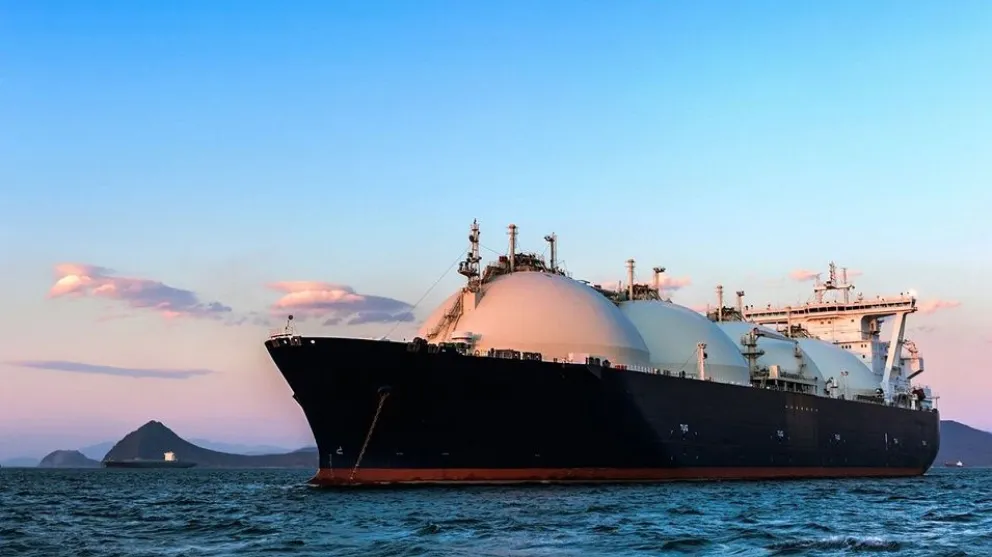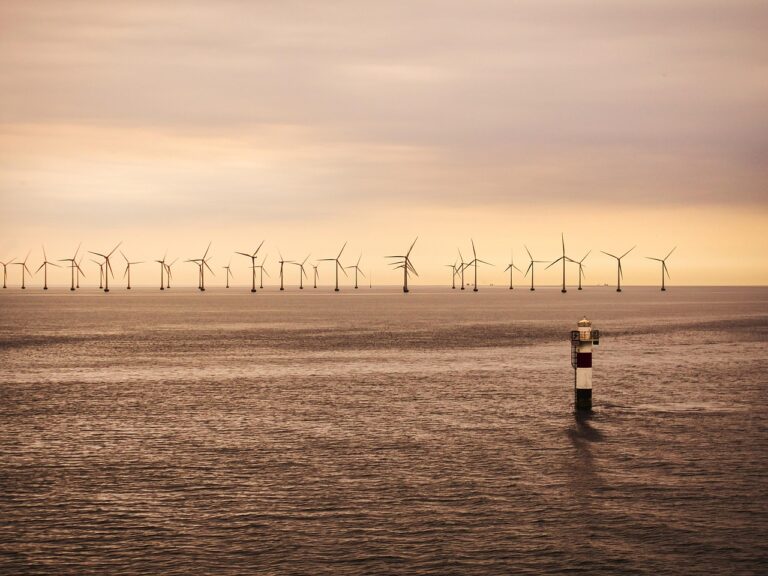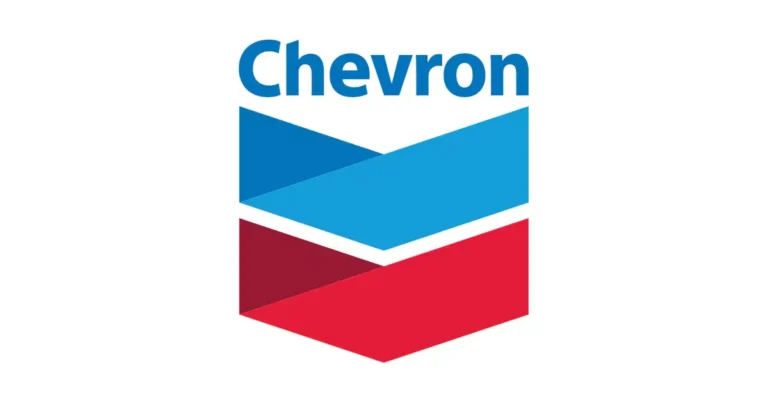
Eni and YPF Forge Strategic Partnership to Advance Argentina LNG Development
In a significant move that reinforces international collaboration in the energy sector, Claudio Descalzi, CEO of Italian energy giant Eni, and Horacio Daniel Marín, President and CEO of YPF, Argentina’s state-owned energy company, signed a Memorandum of Understanding (MoU) aimed at jointly evaluating the development of a major liquefied natural gas (LNG) initiative. The agreement marks a new chapter in the Argentina LNG project, a large-scale venture designed to harness the rich natural gas reserves of the Vaca Muerta shale formation and position Argentina as a prominent exporter of LNG to global markets.
Strategic Significance of the MoU
This newly signed MoU between Eni and YPF sets the stage for the two companies to explore joint development opportunities across multiple facets of the project. The specific focus of the agreement is on a major phase involving the upstream production of natural gas, its transportation, and the establishment of midstream liquefaction facilities. These facilities are expected to be powered by two floating LNG (FLNG) units, each with a liquefaction capacity of 6 million tons per annum (MTPA), for a combined output of 12 MTPA.
The Argentina LNG project as a whole is envisioned to eventually reach a capacity of up to 30 MTPA by the end of the decade. This level of output would position Argentina as a serious competitor in the global LNG market, alongside major producers such as Qatar, the United States, and Australia.
The MoU signals an intent to accelerate progress on this crucial infrastructure, offering a pathway for Argentina to monetize its vast natural gas resources in Vaca Muerta—a shale formation already dubbed one of the largest in the world outside of North America.
Leveraging Global LNG Expertise
For Eni, the partnership underscores the company’s strategy of expanding its global LNG footprint through technologically advanced, flexible, and lower-emission production methods. Eni has already demonstrated strong capabilities in FLNG operations with successful projects in the Republic of Congo and Mozambique, two challenging environments where the company has managed to deploy and operate floating LNG technology efficiently and safely.
Eni’s CEO Claudio Descalzi emphasized this competitive edge during the signing ceremony. “YPF’s choice of Eni as a strategic partner stems from the specific and distinctive know-how we have developed in FLNG projects in Congo and Mozambique, and from the recognition of our global leadership in implementing projects with this technology,” Descalzi said.

Floating LNG technology offers a versatile and lower-cost solution for countries like Argentina that may not yet have permanent liquefaction infrastructure in place. FLNG allows for the processing, liquefaction, storage, and offloading of natural gas directly at sea, thereby reducing the need for extensive onshore installations. In the case of Argentina, where gas fields are located inland, a hybrid model of onshore transportation to coastal liquefaction terminals—combined with floating units—could offer logistical and economic advantages.
Argentina’s Growing Role in the Global Gas Market
Argentina’s energy sector has seen a dramatic transformation in recent years, thanks in large part to the development of the Vaca Muerta formation. This expansive shale play has the potential to turn the country from a net energy importer into a significant exporter of natural gas and other hydrocarbons. With sufficient investment in infrastructure and partnerships like the one just announced, Argentina could reduce regional energy volatility while supplying LNG to emerging and mature markets alike.
Horacio Daniel Marín, President and CEO of YPF, expressed enthusiasm over the MoU and its potential to fast-track the Argentina LNG project. “We are very pleased to sign this agreement with Eni, which would allow us to accelerate the timeline for the Argentina LNG project. We see great interest worldwide, both from large production companies and from countries seeking to purchase gas from Vaca Muerta,” said Marín.
Demand for natural gas continues to rise globally, particularly in regions seeking to transition from coal and oil to cleaner-burning fuels. European countries, in the wake of energy supply disruptions, have intensified their search for diversified LNG sources. At the same time, Asia remains a long-term growth market for LNG, driven by energy security concerns and environmental policy changes.
Argentina is well-positioned geographically to serve both the Atlantic and Pacific LNG markets, potentially shipping gas to Europe via the South Atlantic or to Asian markets through connections via the Panama Canal.
A Joint Vision for the Energy Transition
This agreement between Eni and YPF aligns with both companies’ broader strategic goals, particularly in the realm of decarbonization and energy transition. Eni, in particular, has set ambitious targets to achieve net-zero carbon emissions by 2050. The company is pursuing a multi-faceted strategy that includes renewable energy investments, carbon capture and storage, hydrogen, biofuels, and natural gas as a transitional fuel.
In that context, gas is seen not only as a cleaner alternative to coal and oil but also as a reliable energy source capable of complementing intermittent renewables. Eni’s emphasis on floating LNG technology aligns with its goal to deploy modular, adaptable, and less environmentally intrusive infrastructure.
The MoU represents more than just a commercial deal—it reflects a shared commitment to developing energy projects that can contribute to both local development and global decarbonization goals. By partnering with YPF, Eni also affirms its trust in Argentina as an emerging energy hub and a reliable partner for long-term investment.
Geopolitical and Economic Implications
The agreement comes at a time when energy security is at the forefront of the geopolitical agenda. As traditional suppliers face constraints or instability, new sources of LNG—especially those in geopolitically stable regions—are being actively sought. Argentina’s entrance into this arena adds to the growing diversity of LNG supply, helping to balance global markets.
Domestically, the success of the Argentina LNG project could bring substantial economic benefits. It would involve major capital investment, generate thousands of jobs during the construction and operational phases, and provide a new source of foreign currency through LNG exports. It also aligns with Argentina’s long-term objective of revitalizing its energy sector as a pillar of national economic development.
For YPF, collaboration with a global partner like Eni brings access to technical expertise, international market reach, and additional capital—factors that could be instrumental in realizing the project’s full potential. The deal also elevates YPF’s position in the global LNG ecosystem, showcasing its ability to forge strategic partnerships with industry leaders.
While the MoU does not yet constitute a final investment decision (FID), it is a vital step in advancing the technical, economic, and regulatory groundwork required to move the project forward. The agreement initiates a joint evaluation process that will determine the feasibility, structure, and roadmap for developing the targeted phase of the Argentina LNG project.
Both companies are expected to undertake detailed studies in the coming months, focusing on engineering design, environmental impact, financial structuring, and market analysis. If the evaluation proves successful, the partnership could move into implementation, potentially serving as a model for similar collaborations across Latin America and beyond.
As the global energy industry continues to evolve, the Eni–YPF partnership offers a compelling example of how strategic alliances, grounded in innovation and mutual benefit, can unlock the potential of untapped resources while contributing to a more sustainable energy future.










